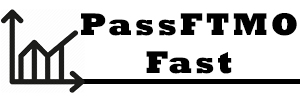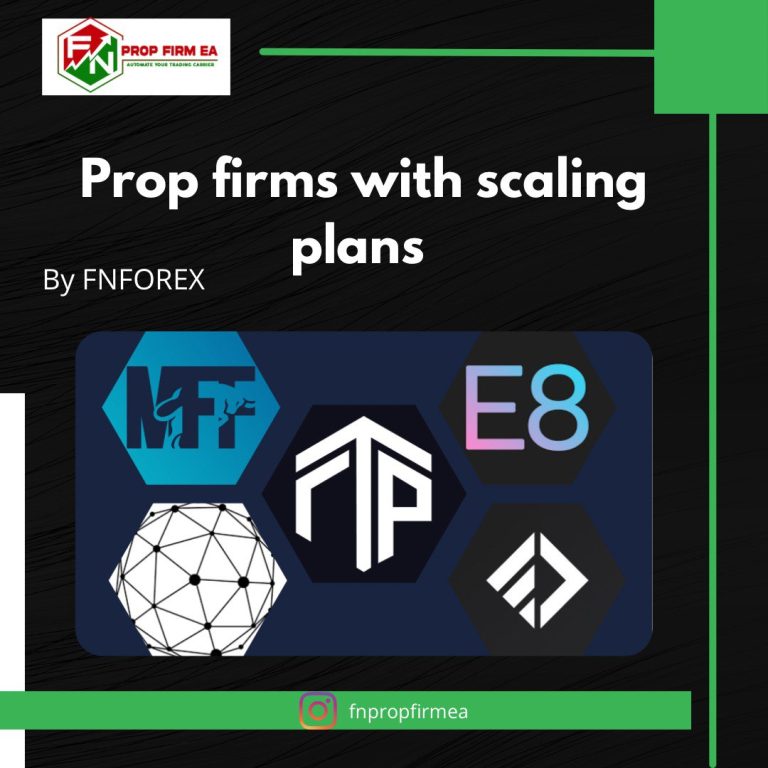The Hidden Rules of Proprietary Trading Firms

Image Source: FreeImages
Proprietary trading firms are known for providing traders with an opportunity to trade with minimal capital and leverage. However, these firms also have strict rules that traders must follow. Some of these rules are not explicitly stated on the firm’s website, but they are hidden in the terms and conditions. As a result, traders may unknowingly breach these rules and end up losing their accounts. This article will explore the hidden rules of proprietary trading firms and provide traders with insights on how to avoid losing their accounts.
Introduction
Proprietary trading firms generally prohibit certain trading strategies, such as high-frequency trading, ultra-fast scalping, and any tick scalping strategies. These trading strategies are known to be risky and can result in significant losses. However, there are also other rules that traders must follow, which are often not displayed on the firm’s website. These rules include the maximum lot size limit, risk per position rule, mandatory stop-loss rule, consistency rule, maximum number of positions open at the same time, minimum open trade time, consistent trading during the minimum trading days period, risk desk team, no gambling mentality allowed, Martingale, grid systems, EAs, and trade copiers.
General Trading Strategies and Rules
Proprietary trading firms have specific rules that traders must follow to avoid losing their accounts. Some of the general trading strategies and rules that these firms prohibit are:
- High-frequency trading: This strategy involves trading at a high speed and frequency, which can result in significant losses.
- Ultra-fast scalping: This is a type of high-frequency trading that involves opening and closing positions within seconds.
- Any tick scalping strategies: This strategy involves trading based on the smallest price movements, which can result in significant losses.
- Any reverse arbitrage trading: This strategy involves taking positions in the opposite direction of the market, which can result in significant losses.
- Any hedge arbitrage trading: This strategy involves taking positions in two different markets to profit from price differences, which can result in significant losses.
- Hedging between different accounts: This involves taking opposite positions in two different accounts to reduce risk, which can result in significant losses.
Hidden Rules of Proprietary Trading Firms
1. Maximum Lot Size Limit
Proprietary trading firms have a maximum lot size limit, which means that traders have a limitation based on their trading balance or specific trading instruments. This rule is meant to prevent traders from taking on too much risk and losing their accounts.
2. Risk per Position Rule
The risk per position rule specifies the maximum percentage that traders can risk for a given trading instrument. This rule helps traders manage their risk and avoid significant losses.
3. Mandatory Stop-Loss Rule
The mandatory stop-loss rule requires traders to set a stop-loss on every position or buy/sell limit before opening it. This rule helps traders manage their risk and avoid significant losses.
4. Consistency Rule
The consistency rule requires traders to trade based on their trading style with similar risk and lot sizes. This rule helps traders maintain their trading strategy and avoid significant losses.
5. Maximum Number of Positions Open at the Same Time
The maximum number of positions open at the same time specifies how many positions traders can have open in general or for each trading instrument. This rule helps traders manage their risk and avoid significant losses.
6. Minimum Open Trade Time
The minimum open trade time specifies how long traders should keep their open positions before being able to close them. This rule is meant to prevent traders from opening and closing positions rapidly, which can result in significant losses.
7. Consistent Trading During the Minimum Trading Days Period
The consistent trading during the minimum trading days period requires traders to trade consistently during the minimum trading days period. This means that traders cannot reduce risk or change their trading strategy, even if they hit their profit targets early. This rule is meant to prevent traders from taking on too much risk and losing their accounts.
8. Risk Desk Team
Some proprietary trading firms have a risk desk team that analyzes traders’ progress to determine if their trading style/strategy is compatible with the firm’s beliefs of trading. If the risk desk team decides that a trader’s trading is not fitting for their trading firm, the trader will receive a refund based on the evaluation challenges that they purchased.
9. No Gambling Mentality Allowed
The no gambling mentality allowed rule requires traders to trade without overexposing their account to complete the challenge as quickly as possible, but to remain disciplined and by following their trading strategy to reach their required profit targets. This rule is meant to prevent traders from taking on too much risk and losing their accounts.
10. Martingale
The Martingale trading strategy is doubling up on losing positions and reducing winning bets by half. It is a strategy that promotes a loss-preventing mentality that tries to improve the odds of breaking even but in cases of more losses occurring they are severely higher than normal since more positions go in the opposite direction. Based on the explained principle many prop firms don’t allow the martingale strategy, or they somewhat limit it.
11. Grid Systems
Grid systems in forex are one of the automated methods of trading, which essentially remove the stress of manually opening and closing trades. It means that placing several buys and sell stop orders with previously calculated intervals above or below the current market price is not allowed.
12. Hedging
Hedging is a trading strategy that places two trades at the same time in the opposite direction to reduce the risk of any adverse price movements. However, it is not allowed due to overexposure that comes from higher spreads and market gaps.
13. EAs
EAs are automated robots that trade instead of the trader. Despite the fact most proprietary trading firms allow them, they often don’t tell us that they are only allowed if you are the author of the EA itself. You are not allowed to buy EAs that were made by other people since it could result in more people using them and making higher amounts of the proprietary trading firm capital exposed.
14. Trade Copiers
Trade copiers are EAs that allow you to copy trades from one master account to more copy accounts. Most proprietary trading firms allowed them, but only if you copy trades from your other master account and not from other signal providers. The reasoning is similar to the EAs one since it could result in more people using them and making higher amounts of the proprietary trading firm capital exposed.
Conclusion
Proprietary trading firms have strict rules that traders must follow to avoid losing their accounts. These rules include the maximum lot size limit, risk per position rule, mandatory stop-loss rule, consistency rule, maximum number of positions open at the same time, minimum open trade time, consistent trading during the minimum trading days period, risk desk team, no gambling mentality allowed, Martingale, grid systems, EAs, and trade copiers. Traders should be aware of these hidden rules and ensure that they follow them to avoid losing their accounts.
Ready to Pass Your Prop Firm Challenge and make great income with proprietary firms?
Contact fnpropfirmrobot.com for the most Accurate Prop firm EA ROBOT in the world.
Contact passftmofast.com for the best pass prop firm service and prop firm management.
recommended prop firm myforexfunds







